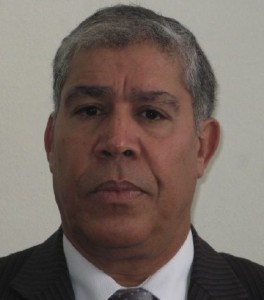 The Morrocan Green Plan initiated in 2008 by the Cherifian Kingdom aims to develop a modern agriculture by focusing on productivity and stimulating innovation while encouraging an accompanying solidarity. For researchers at FEMISE, however, this plan falls short in certain areas. The biggest complaint is that it does not take into account transformation across the whole of Morocco’s economy.
The Morrocan Green Plan initiated in 2008 by the Cherifian Kingdom aims to develop a modern agriculture by focusing on productivity and stimulating innovation while encouraging an accompanying solidarity. For researchers at FEMISE, however, this plan falls short in certain areas. The biggest complaint is that it does not take into account transformation across the whole of Morocco’s economy.
This plan has helped stimulate investment in agriculture and diversify production
Since 2008, this plan has helped stimulate investment in agriculture and diversify production. Its strategy rests on two pillars: the development of high value added agriculture that is capable of responding to new market rules.
The Green Morocco Plan does not overlook small-scale farming in the same way. In theory, it should significantly improve small agricultural revenues through projects that restructure plots and intensify and diversify production. The strategy is to align two different types of agriculture; traditional agriculture, with its abundant and low-skilled workforce cultivating small plots of land with a low yield, and agriculture using modern farming methods on large holdings.
Economists believe that aggregation of small-scale farmers with large holdings alone couldnot enable the development and modernisation hoped for in the traditional sector. According to them, the capitalist model should have been envisaged.
Article based on FEMISE Report FEM35-20 on “Evaluation of the Agricultural strategy of Morocco (Green Morocco Plan) with a Dynamic General Equilibrium Model”
Article par Mathieu Bouchard, Econostrum. www.econostrum.info.
Enregistrez-vous pour le newsletter Econostrum:http://www.econostrum.info/subscription/

